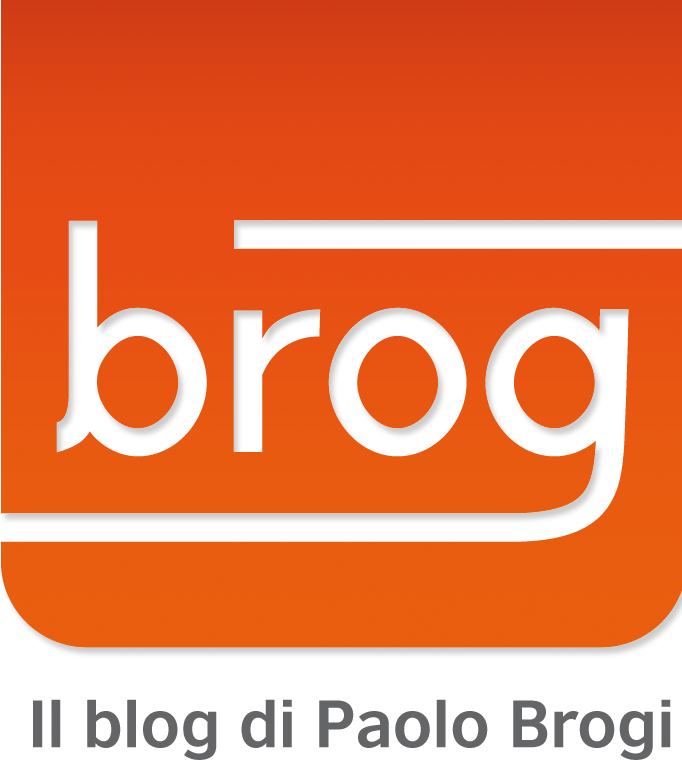Canal Istanbul: è il nuovo canale di Suez che Erdogan vuole per Istanbul. L’articolo del Guardian del 27.4.2011 (sopra la foto del ponte di Galata):
Istanbul’s new Bosphorus canal ‘to surpass Suez or Panama’
Turkish president Recep Erdogan trumpets ‘crazy and magnificent plan’ for channel to reduce traffic and oil spills
Sam Jones and agencies
guardian.co.uk, Wednesday 27 April 2011 20.17 BST
The ferries, fishing boats and pleasure cruisers which crisscross the Bosphorus may one day have more room for manoeuvre on the watery highway that separates Europe and Asia.
If Turkey‘s prime minister can get what he calls his “crazy and magnificent” plan to work, the gargantuan tankers that clog the strait will be diverted into a man-made waterway linking the Black Sea to the Sea of Marmara.
Recep Tayyip Erdogan‘s project, which he calls Canal Istanbul, is nothing if not ambitious: the channel will be around 30 miles long, 25 metres deep and 150 metres wide. It would, he confidently predicted, be an unparalleled feat of engineering. “We are building the canal of the century, a project of such immense size that it can’t be compared to the Panama or Suez canals,” he said.
Although Erdogan, whose career began as mayor of Istanbul, his home city, has previously alluded to the “crazy project”, the announcement only came as he campaigned for a general election on 12 June. Ten days ago, he announced a plan to split the city in two to help it cope with an ever-growing population expected to soon peak at 17 million.
The 19-mile-long Bosphorus strait that bisects Istanbul into a European and an Asiatic half is the sole shipping passage between the Black Sea and the Mediterranean. As a result, the waterway is heavily congested with tanker traffic to and from Bulgaria, Romania, Georgia, Ukraine and southern Russia, and has been the scene of many maritime accidents.
According to Erdogan, the ships carry a total 0f 139m tons of oil, 4m tons of liquefied petroleum gas and 3m tons of chemicals through the Bosphorus each year, thereby threatening the lives of nearly 2 million people who live and work on the banks of the waterway.
In 1994, the Bosphorus was closed for days when an oil tanker and a cargo ship collided, killing 29 sailors. In 1999, a Russian-built tanker split in two at the mouth of the strait, spilling 235,000 gallons of fuel and blackening miles of shoreline. Erdogan said that such calamities would be a thing of the past with the canal.
“Bosphorus traffic will be reduced to zero,” he said. “Water sports will take place on the Bosphorus, transport within the city will be established, [and Istanbul] will return to its former days.”
However, the leader of the ruling AK party was not forthcoming about the canal’s precise location, other than that it would be cut through the peninsula on which Istanbul’s European side stands in time for the centenary of the founding of the Turkish republic in 1923; nor did he comment on the cost. “Turkey more than deserves to enter 2023 with such a crazy and magnificent project,” he told a cheering audience. “Istanbul will become a city with two seas passing through it.”
Erdogan said that it would take two years to do feasibility studies, and therefore the location had to be kept secret to avoid land speculation.
KTown planners speculate that the canal will be built west of the town of Silivri in Turkey’s Thrace region, since areas closer to Istanbul are heavily populated. The government has already announced a plan to build an airport near Silivri.
Kadir Topbas, the mayor of Istanbul and a member of Erdoğan’s party, welcomed the project, saying the canal would eliminate the risk posed by heavy tanker traffic to Istanbul and the environment.
Others were more sceptical.
Kemal Kilicdaroglu, leader of the Republican People’s party, Erdogan’s main rival, was sceptical as to the prime minister’s faith in the canal: “This country needs men who think and produce, but not crazy men. This project is not about people. It’s about making AK party supporters rich.”
The bold plan also received mixed reviews online, with posters on a Turkish newspaper website describing it variously as “a brilliant concept”, “yet more expense and argument and traffic snarls”, and an “election-time fantasy”.
Antony Oliver, editor of New Civil Engineer magazine, said that while the channel would be “a major piece of civil engineering”, it should be eminently achievable.
Guy Battle, an environmental engineer and lead partner within the sustainability services group at Deloitte, said the engineering work would be the easy bit: “If we can do a tunnel under the channel and build a new highway through 34km of the Alps, then cutting across that land patch isn’t going to be a big task.”
The big challenge, he said, would be ensuring that the canal had an impact that was more than purely economical. “The canal should be viewed not merely as a canal but as a piece of social infrastructure that brings net benefit to the country,” he said. “Can it be carbon neutral? What innovations can be developed through its construction and operation?”

